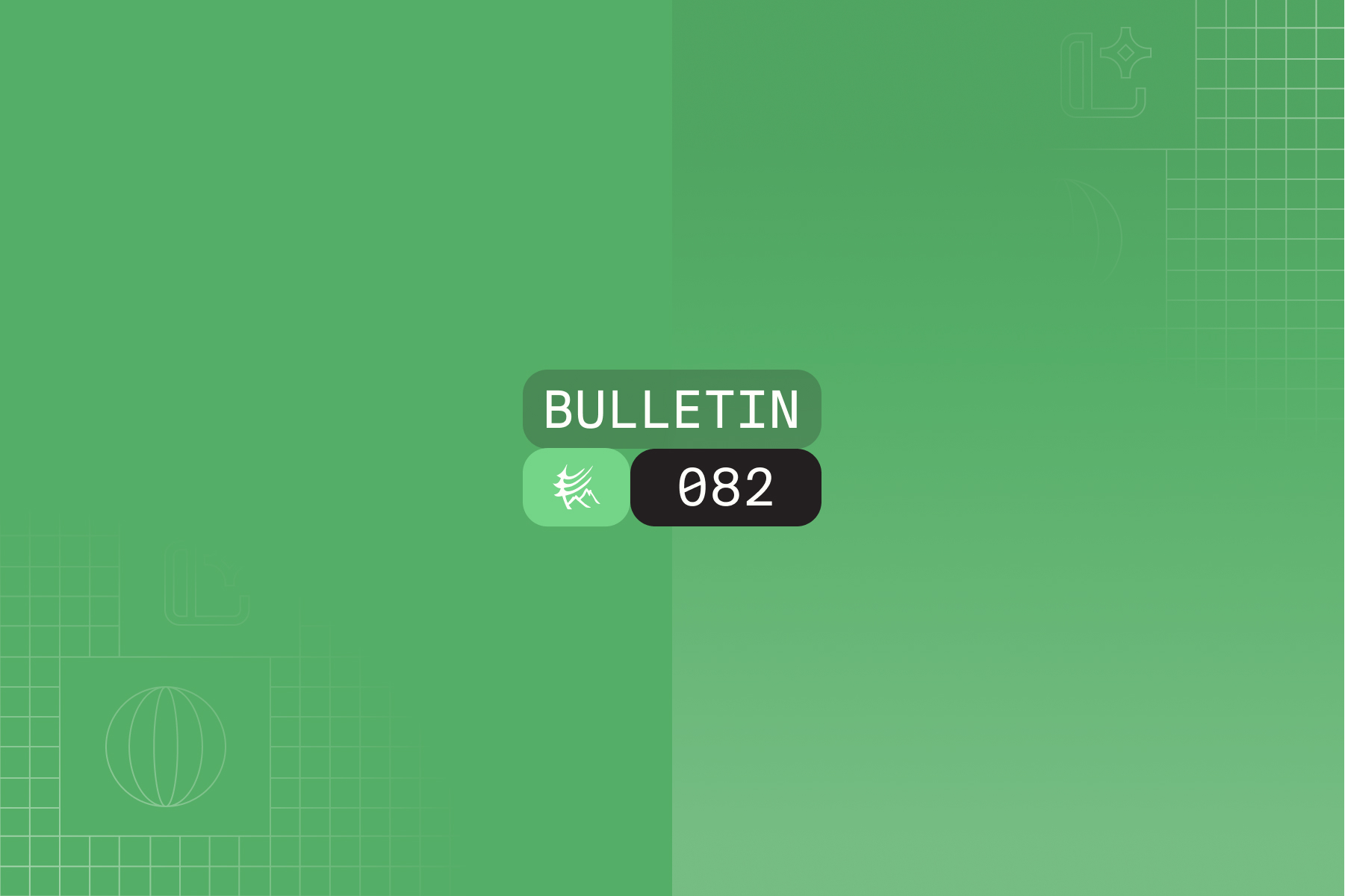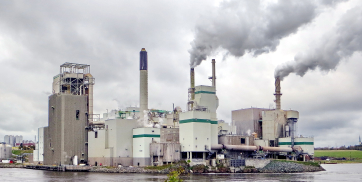MethaneSAT will launch in 2022 aboard SpaceX rocket
Methane SAT’s methane-tracking satellite will provide high-resolution methane emissions – free for public use and with global coverage. A satellite data processing platform is also being developed, which will enable the satellite data to be available online in a matter of days. The MethaneSAT satellite is currently being built and is partially funded by the $100 million grant that was awarded to the Environmental Defense Fund from Jeff Bezos’ Earth Fund. Read more about the satellite here.
International Energy Agency releases Methane Tracker and 2020 report
On January 18, 2021, the International Energy Agency released its 2021 Methane Tracker and Regulatory Roadmap. Together, these resources provide country-by-country data on emissions & guidance. This year, Methane Tracker includes not only evidence from the scientific literature and measurement campaigns, but also satellite data on large methane leaks for the first time. Read more about the regulatory roadmap and toolkit here and try out Methane Tracker here.
China plans mid-2021 carbon market launch
China’s President Xi Jinping has pledged to achieve a carbon neutrality by 2060. China is planning on releasing it’s national Emission Trading Scheme (ETS) by mid 2021. Once the program begins, it is estimated that 200 million tonnes of emissions will be available on the carbon market. The program’s first compliance cycle will cover emissions from 2019 and 2020, which involve 2,225 companies in the power sector. Read more about the eight key industries that will be involved in the ETS here.
Qatar commits to significant GHG reductions
To reduce GHG emissions by 2030, Qatar has released their new Sustainability Strategy. Carbon Capture and Storage (CCS) facilities will be deployed. Emissions from LNG and upstream facilities will be cut significantly. By 2030, routine flaring will no longer be practiced. Qatar is the largest LNG producer in the world. Their Sustainability Strategy will contribute significantly towards greenhouse gas reduction efforts. Read about the strategy here.
Accountants are helping to establish ESG standards
While many companies are seeing the importance of sustainability, there is still no global standard for sustainability performance. The IFRS Foundation, which helps the International Accounting Standards Board (IASB) set financial reporting standards, is changing this. The IFRS’s financial reporting standards are recognized globally, and they are seeking to do the same for sustainability reporting with the creation of the Sustainability Standards Board (SSB). Financial reporting may soon be tied in with sustainability reporting globally. Read about the program and it’s impact on companies here.
MiQ gearing up to certify low-intensity natural gas
It may soon be standard practice for gas supply to be graded by its emissions performance. Consumers will likely be asking for certified low-methane gas. MiQ has created an independent framework to assign a grade from A to F to producers. A certificate will be provided, which will inform the gas buyer of its performance. Independent auditors will be involved in assessing methane emissions. MiQ is working with producers to test the viability of this standardized certification process in 2021.
New research: Incomplete combustion from compressor engines measured in novel US study
Researchers from Colorado used a novel tracer gas method to measure combustion slip (uncombusted fuel gas) from a variety of compressor engine types across 11 US states. On average, four-stroke lean-burn engines were found to emit 5.62 kg methane per hour, while their rich-burn counterparts were more than an order of magnitude lower at 0.4 kg/h. Measurements were approximately aligned with official emission factors. Read more here.
New research: Satellite data paint comprehensive picture of Canada’s methane emissions
Canada’s federal greenhouse gas inventory estimates that anthropogenic methane emissions from all sources account for roughly 4.1 Tg (million tonnes) per year, while natural emissions account for approximately 20 Tg/year. In this study, surface data are combined with satellite measurements to estimate anthropogenic emissions of 6.0 Tg/y and natural emissions of 10.5 Tg/y. Combined, energy and agriculture are estimated to contribute 5.1 Tg/y, which is 59% higher than the national inventory. Read more here.




